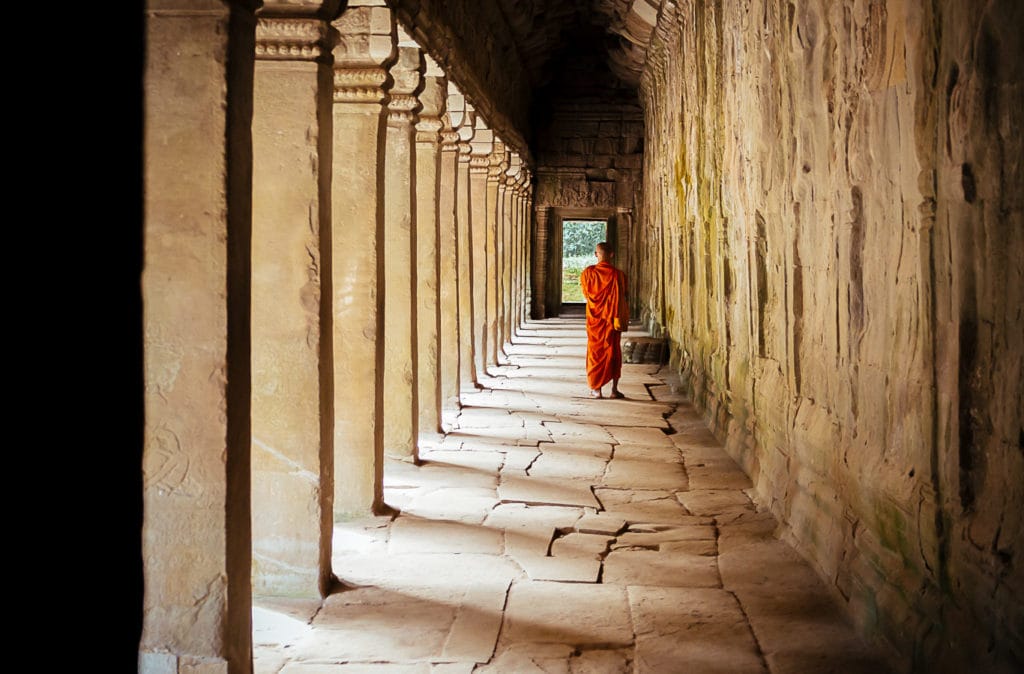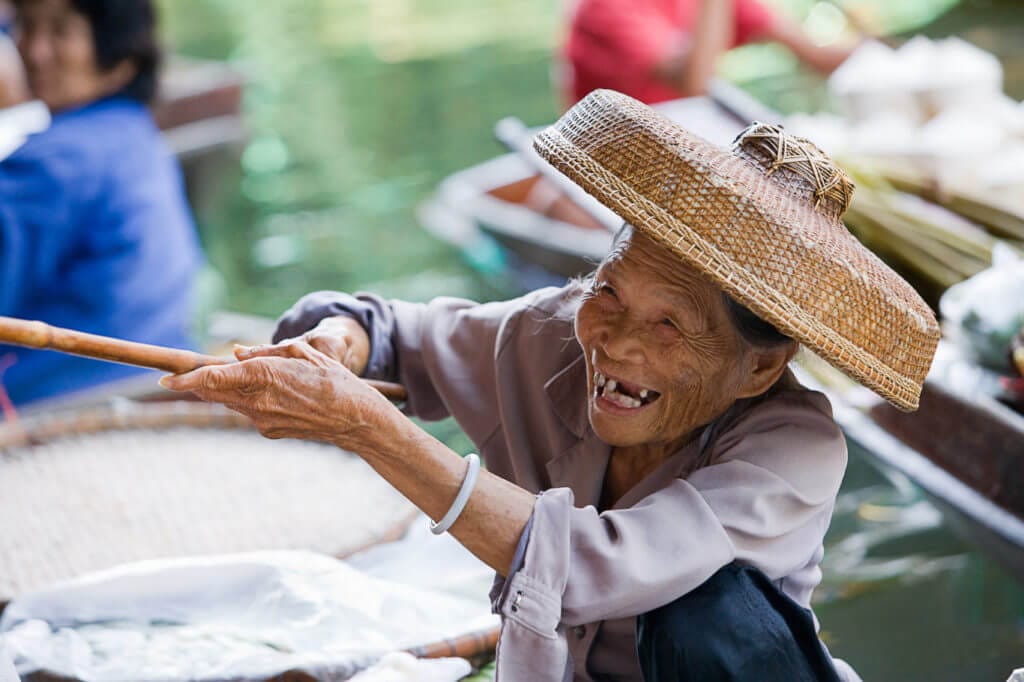South American Bat Cavern Tour in Venezuela
Study Animal Sciences & Eco Tour South America
The Worldwide Navigators Difference


Sojourn – Gain a better understanding of the community you’re visiting. Learn about different religions or spiritual practices. How do these impact the communities? How does religion or spirituality influence local traditions?
1 of 1

Savor – Will you choose sweet or savory? Take the time to visit local markets and discover unique local ingredients. Learn how to prepare traditional meals & local favorites.
1 of 1

Tip of the Tongue – Each morning, take the time to learn a few basic greetings and phrases in the local language. Learn how to write greetings & your name in the local script.
1 of 1

A Wrinkle in Time – History influences our present. Discover the history of the country you visit. Hear the stories of your guides & their family history. Where do they come from?
1 of 1

Journal Journeys – Take some time to reflect on the day’s events and document your journey. Spend a moment journaling about the day had & day ahead. These are memories for a lifetime!
1 of 1

Culture – From local dances, festivals, or simple gestures to communicate – all of these make up a country’s culture. Learn and practice cultural norms & how to show respect in the culture you visit.
1 of 1Itinerary
Shortly after you arrive in Venezuela, you and your group will meet with your highly experienced guide and travel out to the small town of Caripe to prepare for your excursion. Since it’s so close to Guacharo Cave National Park, it makes for the perfect resting place before beginning your long journey. You’ll immediately notice this small town’s abundance of gardens and fruit orchards, which thrive thanks in part to the country’s bat population. As you try some of their crops and later enjoy your first Venezuelan dinner, take the time to learn some important words and phrases that will help you along your travels.
Its time to let your cave-dwelling adventures begin by visiting La Cueva del Guaracho. Thick greenery surrounds this large limestone cavern, which features many impressive rock formations in its chambers. Religious iconography can also be found in the areas surrounding the cave, including a stone cross near the right side of its entrance. While the interior temperature is never warm, humidity is said to always be at 100 percent.
Although bats are confirmed to be living in this cave, its most famous inhabitants are actually the thousands of oilbirds that reside there. Called guacharo in Spanish, these small brown birds are quite similar to bats in many ways. They are nocturnal, navigate by using echolocation, and produce guano that enriches the cave’s ecosystem.
At the end of your day, it’s time to head back to your hotel to once again rest up for even more traveling ahead.
After breakfast, you and your group will pack up and fly down to Columbia to continue the exploration. You’ll be spending the next two nights at a wonderful hotel in Tocaima, the closest city to your next big adventure. This will be considered a day of rest, so you can take today to explore the city and all it has to offer. Whether it’s the city’s church, the local shops, or even the hotel pool, take this time to kick back and relax.
You’ll spend today at the nearby Mana Dulce Reserva Natural, where you’ll once again get to observe plenty of the native wildlife. You’ll notice that it features an incredible array of different birds, such as the barred puffbird and the lace-tailed manakin. Once you and your group have delved deeper into the rainforest and through its thick vegetation, you’ll finally reach the small caves near its stream and step in to explore them further. Vampire bats are known to live in the reserve, and perhaps even in these caves, and different species of fruit bats have been found in this rainforest as well. As the sun begins to set and you make your way back, there’s a good chance that you’ll see more than a few flying around to look for breakfast.
It’s time to wake up super early, as you have another long day of traveling and trekking ahead of you. This time, it’s a five-hour drive to Cueva Caja de Agua in Paicol. Not only is this cave particularly deep and dark, so much so that you’ll need a headlamp, but it also features a series of underground rivers and waterfalls. An expert will safely and thoroughly guide you through the cave as they inform you of both its history and wildlife. There are at least five different species of bats living in this expansive and complex cave, so there’s no doubt you’ll encounter at least one. You may even find several different arachnids, including the tailless whip scorpion which is completely harmless to humans.
It’s time once again to pack up and travel south. This time to Ecuador, where you’ll trek through Yasuni National Park and learn all about its 117 bat species. After some air travel and a long canoe ride down the Napo River, you’ll be staying an incredible riverside lodge where you can see and hear all types of wildlife without even searching. These range from different species of parrots, monkeys, sloths, snakes, anteaters, and possibly even a few jaguars. In the evening, you’ll enjoy a traditional Ecuadorian meal on-site and spend your last moments before bedtime enjoying the sounds of the park’s nocturnal creatures. You may even find a few bats roosting outside.
After being served a hearty breakfast at the lodge, you and your group will be led out into the park for your full day of exploration. As you travel towards the caves, admiring its lush plant life and observing even more animals, you’ll learn of the challenges and hardships that this park has faced, from industry seeking oil reserves to deforestation to illegal hunting.
Once you’ve reached the caves, you’ll delve deep in and observe its native bats while they’re at rest. Some of these species might include the dwarf dog-faced bat or the common vampire bat. You may even find a few other cave-dwellers such as spiders, snakes and nocturnal frogs.
As it gets later in the day and you head back towards the lodge, you’ll be able to witness many tree-dwelling bats hanging around. One might even be the proboscis bat, which is easily recognized by its speckled coat and wings. From a distance, they almost look like large beetles.
After days of exploring the wilderness and one last breakfast, it’s finally time to end your adventurous eco tour. As you fly back home, you’ll be reflecting heavily on what more you can do to help protect these nocturnal pollinators from extinction.
With over 239 known species, South America has the largest bat population of all seven continents. Yet with their numbers and habitats shrinking, wildlife education is now more important than ever. Embark on an extensive eco tour through Venezuela, Colombia, and Ecuador to explore their caverns, and learn more about the positive impact that these misunderstood creatures have on this planet.
Value
3-6 Day
Group Trips
- Airfare
- Transportation
- 2.5 - 3-Star Accommodations
- Daily Activities & Excursions
- 2 Meals Per Day
- Tours & Entrance Fees
- Daytime & Self-Guided Tour Director
- 1 Impact Project
Classic
7-12 Day
Group Trips
- Airfare
- Transportation
- 2.5 - 3-Star Accommodations
- Daily Activities & Excursions
- 2 Meals Per Day
- Tours & Entrance Fees
- Daytime Guided Tour Director
- Up to 2 Impact Projects
Epic
7-14 Day
Group Trips
- Airfare
- Transportation
- 3.5 - 4-Star Accommodations
- Daily Activities & Excursions
- 2 Meals Per Day
- Tours & Entrance Fees
- 24/7 Guided Tour Director
- Up to 3 Impact Projects
- Final Night Celebration Dinner
Interested in adding or modifying activities? No problem! All Worldwide Navigator itineraries can be customized to your liking!
In collaboration with our partners


